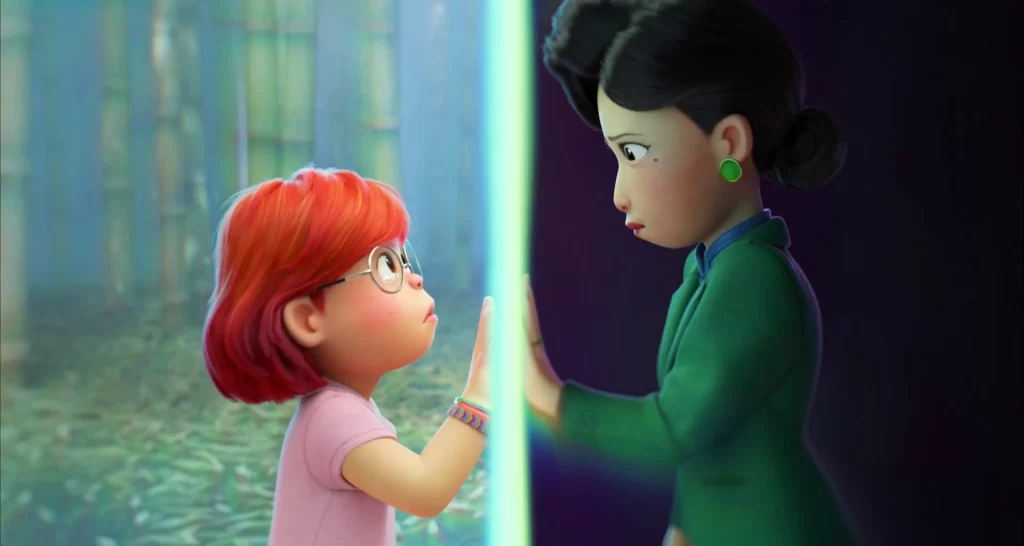Adolescence is difficult.
I recently got the opportunity to watch Disney’s “Turning Red” this summer in theaters with my friends before coming to OU. I was really excited about this movie because it tackled the most important, and embarrassing, stage of life – puberty. Mei, our main character, recently entered her teen years and middle school as well. She is a doting daughter who always follows her parents, a caring friend, and a crazy fangirl. We learn that Mei’s family lineage is filled with red pandas that come out when the individual is angry, the individuals being all women. Throughout the course of the movie, we learn that the red panda is, in a sense, the true identity of oneself. Mei unlocks her red panda accidentally, but soon grows fond of the attention she receives from other classmates and her newfound persona of actually standing up to her strict mother. She starts sneaking out, having crushes, and lying about a math club all due to this new alter-ego her red panda has created for herself.
When Mei finally lets her red panda out, she is told, by her elders, to separate it from herself. There’s this really powerful scene in the movie where Mei is in a vestige world and has to go through a portal to separate her red panda from actual Mei. She goes through with it at first, but she looks back into the portal and sees her red panda. By looking back at the panda, she realizes her own uncertainty about the decision she was about to go through. Since it’s a part of her, the panda manifests fear, just like all of her other emotions. We get a montage of all these memories of her looking back as she lived her life in unity with her alter-ego. She declares that she is going to keep the red panda, and takes off. I took this as her embracing the red panda, a.k.a her new identity, and letting her mom know she hated being controlled. She couldn’t sedate this part of her.
Towards the end, Jin, Mei’s dad, sparks a conversation about Mei’s adversity and embracing her flaws. We also learn that Mei’s mother hated being controlled by her own mom, and therefore had the same strict attitude towards Mei. But so many bottled emotions will burst eventually. The ending scene of “Turning Red” is also really powerful because it shows Mei’s mother walking through the stages of her life learning to accept her daughter and come to terms with herself as well.
We see the other women go through the portal, separating their red pandas, while Mei stays behind in the vestige, embracing herself, her flaws, and her identity.

I really loved the message portrayed in this movie! It’s a big metaphor for how puberty can change people, and that it’s not always a bad thing! You don’t have to hide or be ashamed of yourself. Instead, you should embrace your flaws and stop repressing your emotions. Remember, you are not alone.
–
Thank you so much for reading this weeks blog post! I really enjoyed watching this movie and the entire premise of alter-ego surrounding the main character. Puberty is a stage of life everyone goes through and we shouldn’t repress our emotions or feelings because of it.
Thank you again! See you next week! 🙂
Aditi Mahangade